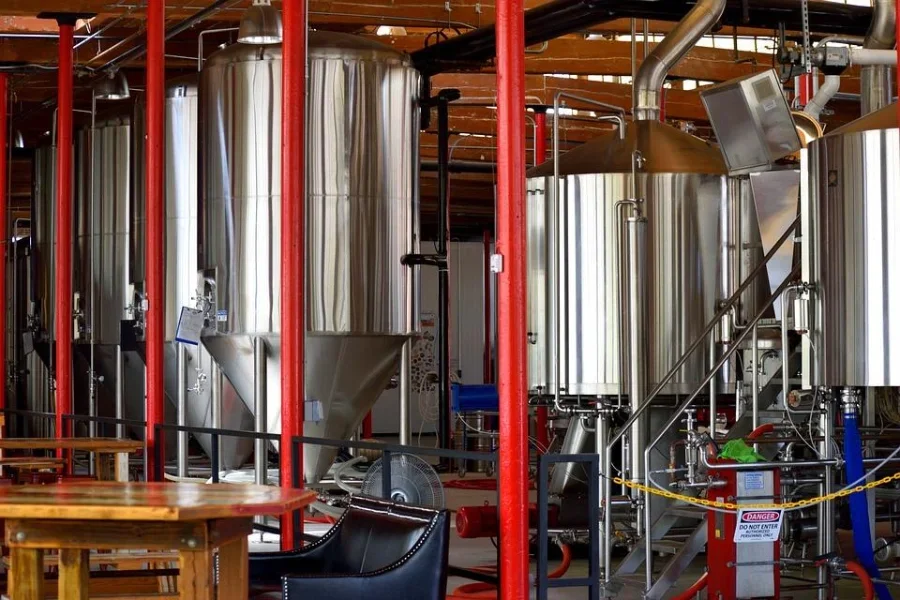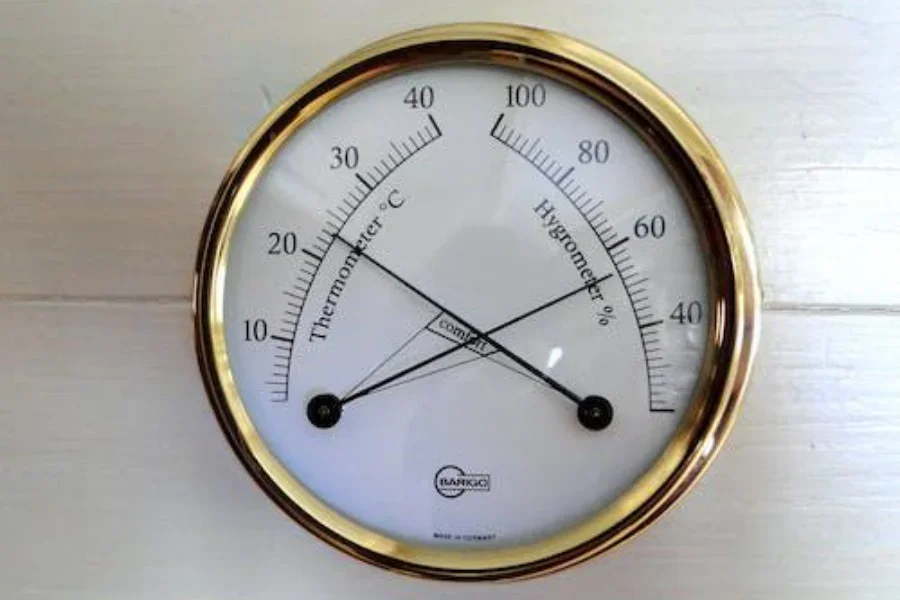Many types of fermentation equipment on the market come in different designs and sizes. Due to technological changes, fermentation equipment is complex and advanced, with new models modified to meet changing needs.
Buying fermentation equipment can be a tedious venture due to the different models in the market. Read this guide to learn how to choose suitable fermentation equipment to meet your customer needs.
Table of Contents
Overview of the fermentation equipment market
Types of fermentation equipment
How to select the right fermentation equipment
Conclusion
Overview of the fermentation equipment market
The fermentation equipment market is valued at US $1.468 billion in 2023 and is expected to grow at a compound annual growth rate (CAGR) of 4%, reaching a US $2.17 billion mark by 2033.
Europe is the top consumer of fermentation equipment due to increased demand for craft beer and alcoholic beverages among European consumers. However, the US market is expected to overtake the European market with a CAGR of 33% in the next ten years.
Market growth is driven by increased demand for fermented beverages and food, the growing popularity of craft beer, and the rising demand for probiotics.
Types of fermentation equipment
Fermentation vessels/container

Fermentation vessels are containers used in fermentation. They are typically made of stainless steel; other materials, such as glass or plastic, can also be used.
Fermentation vessels come in different sizes, from small home-brewing setups to large industrial tanks. They are used to hold and control the temperature of the fermentation mixture, which can include yeast, grains, fruits, or vegetables. The vessels also allow for the release of gases produced during fermentation, such as carbon dioxide.
Airlocks
Airlocks are devices that are used in conjunction with fermentation vessels. They allow gases produced during fermentation, such as carbon dioxide, to escape the fermentation vessel while preventing oxygen and other contaminants from entering the vessel.
Airlocks are typically filled with water or another liquid and have a one-way valve that allows gases to escape while preventing air from entering the vessel. They can be simple in design, such as an S-shaped tube, or complex, such as a three-piece design with a stopper and a valve.
Airlocks are commonly used in home brewing and fermentation of beer, wine, and other alcoholic beverages.
Hydrometers

In fermentation, a hydrometer is used to measure the sugar content of a liquid, such as wort or must, before and during fermentation. It allows the fermenter to determine the alcohol content of the final product and monitor the progress of fermentation.
A hydrometer measures the buoyancy of the liquid, which is affected by the density of the liquid. A hydrometer will float higher in a denser liquid and lower in a less dense liquid. The specific gravity is then read from the scale on the hydrometer.
In brewing, a hydrometer is used to measure the Original Gravity (OG) of the wort before fermentation and Final Gravity (FG) after fermentation to determine the alcohol content of the beer.
How to select the right fermentation equipment
Type of fermentation
When buying fermentation equipment, it is important to consider the type of fermentation you will be doing. There are different types of fermentation, such as alcohol fermentation, lactic acid fermentation, mixed fermentation, and kombucha.
Different types of fermentation require different types of equipment. For example, in alcohol fermentation, you need a fermentation vessel with a wider opening to allow easy adding of ingredients. In mixed fermentation, you need a fermentation vessel with a tight-fitting lid and a thermometer to monitor the temperature.
Size of the equipment
When buying fermentation equipment, it is important to consider the size of the equipment to the amount of liquid you will be fermenting.
If you are planning to ferment a small amount of liquid, such as for home brewing or small-batch fermentation of food items, a smaller fermentation vessel would be appropriate.
These are typically made of glass or plastic and come in various sizes, from one-gallon jugs to five or six-gallon carboys. If you are planning to ferment larger amounts of liquid, such as those for commercial brewing or large-batch fermentation of food items, a larger fermentation vessel would be more appropriate.
Temperature control
Some fermentation vessels have built-in temperature control features, such as insulation or cooling systems.
It is especially important if you will be fermenting at a specific temperature range. It may also not be important if you have no specific temperature requirements for your fermentation.
Type of airlock
When buying fermentation equipment, it is important to consider the type of airlock appropriate for your fermentation process. One of the most common types of airlock is the S-shaped tube airlock, which is a simple and inexpensive option.
Another type of airlock is the three-piece design, which typically includes a stopper, a valve, and a tube. This type of airlock is more complex but offers a more secure seal and is easy to clean and maintain.
Budget
It is important to consider the cost of the equipment and balance it against your budget and the features you need.
Fermentation equipment can range in price from a few dollars for simple equipment like an S-shaped tube airlock to several thousands of dollars for larger and more complex equipment like industrial-grade stainless steel fermenting tanks.
It is important to choose equipment that fits your budget while providing the necessary features for the type of fermentation you will be doing.
Production capacity
When choosing fermentation equipment, it is important to consider the production capacity of the equipment.
This means considering the maximum amount of product the equipment can produce in a given period. It is important to ensure that the equipment can meet the production demands of the facility.
Additionally, it is important to consider the scalability of the equipment in case the business production needs increase in the future.
Conclusion
The choice of fermentation equipment will depend on the type of fermentation you will be doing, your budget, and the features you need. This guide will help you choose the best fermentation equipment to meet your needs. Visit Alibaba.com to buy quality fermentation equipment.



